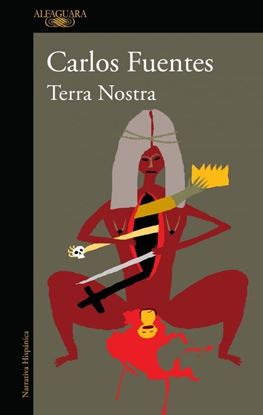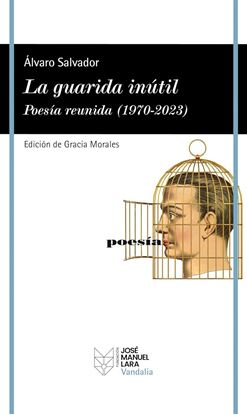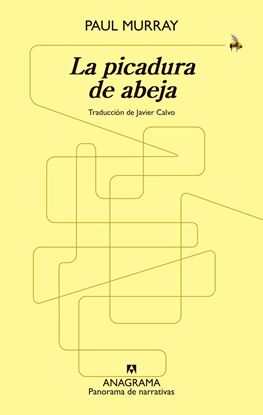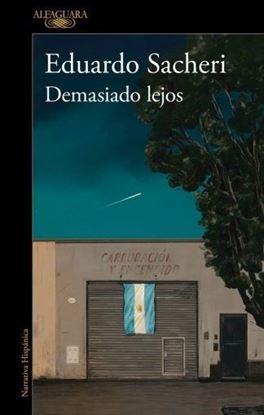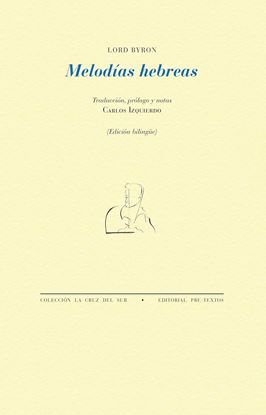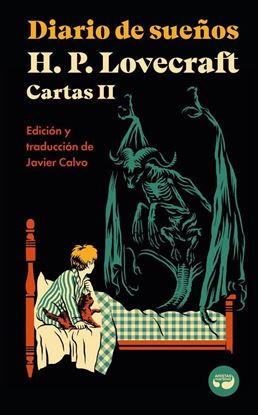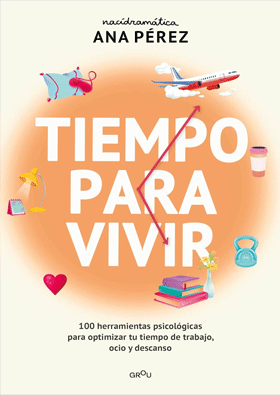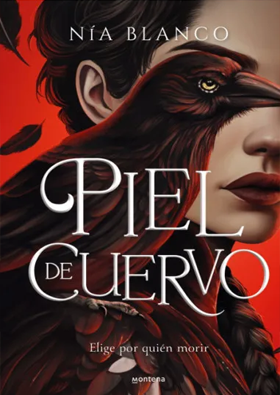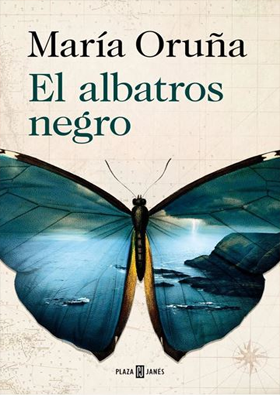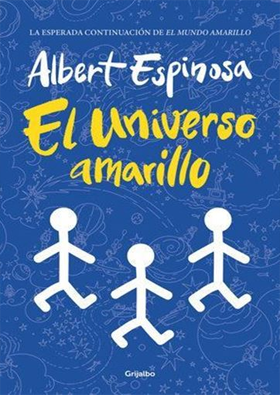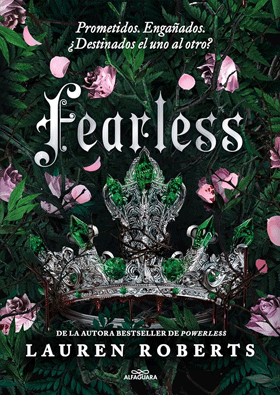

TERRA NOSTRA (50 ANIV.)
Felipe II, el "Defensor de la Fe", es el soberano más poderoso del orbe. Largos años ha luchado contra judíos, musulmanes y protestantes, y sus súbditos han sufrido excesivos impuestos, pestes, intolerancia... Su reinado agoniza en tanto nace un mundo diferente: los castillos son sustituidos por las urbes, los campesinos por los villanos, los príncipes y reyes por los burgueses; falsos profetas dominan los caminos y hablan de un renacimiento. Felipe está cansado y enfermo; el arrepentimiento de sus excesos lo lleva a recluirse en el lugar que ha mandado construir para ser su última morada: El Escorial.
1,750
1,313
LA GUARIDA INUTIL. POESIA R. (1970-2023)
Fruto de más de medio siglo de dedicación a la poesía, este volumen reúne la obra en verso de Álvaro Salvador, uno de los autores más sólidos y coherentes de su generación. Editada e introducida por Gracia Morales, que recorre en su texto preliminar el itinerario y las claves de su poética, la recopilación incluye una selección de sus primeros libros y los ocho publicados entre Las cortezas del fruto (1980) y Un cielo sin salida (2020), a los que se añade el hasta ahora inédito Aguaparra, un poemario donde se conjugan magistralmente la más afilada actualidad con el ejercicio pausado de la memoria. Como escribió Ángel González, «la poesía de Álvaro Salvador no se limita a ser relato, inventario o recuento de la vida. En ella el recuento es más bien reencuentro, recapitulación –ordenación y valoración– de todas esas cosas, actividad imaginativa de la memoria que hace del inventario una invención equivalente a un descubrimiento.
1,750
1,313
LA PICADURA DE ABEJA
Una tragicomedia irlandesa tan hilarante como desgarradora.
Les presentamos a los Barnes, una familia irlandesa infeliz de cuatro maneras diferentes.
El padre, Dickie, regenta un concesionario de coches heredado de su progenitor. Las cosas le iban razonablemente bien hasta que la crisis económica (y quizá también su heterodoxa labia de vendedor) empezó a afectar a las ventas. La madre, Imelda, viene de una familia humilde y es conocida por ser la mujer más hermosa del pueblo. En realidad, ella estaba enamorada de Frank, el hermano carismático —y fallecido— de Dickie, y ahora ambos arrastran un pasado con zonas oscuras.
En cuanto a los hijos: Cass es una adolescente en pleno descubrimiento del sexo y el alcohol que sueña con dejar esa maldita ciudad provinciana y marcharse a estudiar a Dublín. Mientras, mantiene una relación ambivalente, de devoción rabiosa, con su amiga del alma Elaine. Y el benjamín, PJ, sufre acoso en el colegio y teme que sus padres se divorcien, por lo que se refugia en los videojuegos. Allí conecta con un amigo virtual que puede no ser lo que parece...
1,750
1,313
DEMASIADO LEJOS
«… ese mayo de locos que termina esta noche, un clavo ardiente hecho de comunicados rimbombantes y titulares grandilocuentes y gallardías desbordadas…, y la puta necesidad de encajar…».
Buenos Aires, 2 de abril de 1982. Los argentinos amanecen con una novedad mayúscula: “¡Recuperamos las Malvinas!”. Y así comienzan tres meses inolvidables, tres meses en que aquellas islas de los mapas escolares se vuelven el eje de la conmoción social, tres meses en que los protagonistas de esta historia pasarán de la euforia a la desolación. Y comienza también la pesadilla para las familias de Carlitos, Antonio y el Conejo, soldados conscriptos clase 1962 recién licenciados, que son reincorporados y enviados a pelear. A miles de kilómetros del escenario del conflicto, en medio de la desinformación y la publicidad engañosa, la guerra contra los ingleses es una abstracción, un relato borroso y escurridizo que cada quien puebla con sus propias fantasías y preconceptos. Unidos o enfrentados, lúcidos u obnubilados, los personajes de este gran fresco de Eduardo Sacheri atravesarán, junto con los lectores, este período vertiginoso, contradictorio y plagado de significados de la historia argentina reciente.
1,750
1,313
MELODIAS HEBREAS
Sol de los insomnes, melancólica estrella cuyo rayo de lágrimas brilla trémulamente en la distancia mostrando la oscuridad que no puedes disipar, eres de igual manera un recuerdo en la alegría. Así el pasado brilla, luz de otros días que ilumina, pero no calienta, con sus débiles rayos. La tristeza vela para contemplar un rayo nocturno, distinto pero distante, claro, pero ah, tan frío. «Sol de los insomnes» Melodías hebreas constituye el único de los poemarios líricos del autor dotado de una unidad conceptual, al modo en que hoy los entendemos (y no, como entonces, como simple recopilación), y contiene varios de los poemas más celebrados, famosos y bellos del poeta: «Camina en la belleza», «La destrucción de Senaquerib», «Te vi llorar», «Luminoso sea el lugar de tu alma», «Arrebatada en la flor de la belleza», «Sol de los insomnes» o «No pronuncio, no escribo, no aliento tu nombre». Son piezas que forman parte del canon de la literatura lírica anglosajona y, por la gran influencia de esta, de la universal.
1,750
1,313
DIARIO DE SUEÑOS. CARTAS 2
En Diario de sueños, segundo volumen de las Cartas de H. P. Lovecraft, con edición de Javier Calvo, se recogen todos los sueños transcritos en la correspondencia que ha sobrevivido del autor. La publicación de este material, hasta ahora inédito en español, se corresponde con la intención de ilustrar el origen onírico de muchos de sus relatos más conocidos, en unos textos en los que pueden distinguirse perfectamente su visión literaria y su mundo personal, destilado en imágenes y escenas extrañas. Podríamos decir que el alma de Lovecraft se trasluce en todos ellos. Completa el volumen la sección final «Las fabulosas aventuras de la Fraternidad Kappa Alpha Tau», dedicada a las misivas sobre felinos, una de sus pasiones más íntimas que muestra su lado más entrañable.
1,750
1,313


